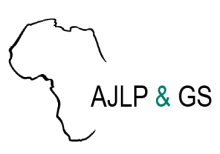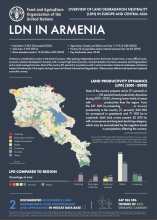Land Library Search
Through our robust search engine, you can search for any item of the over 73,000 highly curated resources in the Land Library.
If you would like to find an overview of what is possible, feel free to peruse the Search Guide.
/ library resources
Showing items 1 through 9 of 28.In Cameroon, the pressure on wetlands, which cover nearly 70% of the national territory, appears to be increasing, whether for subsistence needs, firewood, grazing, logging or expansion of development projects.
Forest conversion caused by subsistence or “basic needs populations†is difficult to track and measure. As the dynamics of these populations change over time, their carbon footprint impacts on natural resources also change.
Tropical deforestation is estimated to cause about one-quarter of anthropogenic carbon emissions, the second largest source of greenhouse gas emissions after fossil fuel combustion.
The dry lowlands of Ethiopia are seasonally affected by long periods of low rainfall and, coinciding with rainfall in the Amhara highlands, flood waters which flow onto the lowlands resulting in damage to landscapes and settlements.
context and backgroundDespite the robustness of various land instruments and legal and institutional regulations on various sectors, Tanzania’s land distribution-related policy implementation and practice is facing numerous challenges.
This study aimed at modeling scenarios of future land use and land cover (LULC) change and estimating ecosystem service (ES) values for the year 2051 compared to 2021 in Central Ethiopia.
Land degradation and discontinuation of ecosystem services (ES) are a common phe nomenon that causes socio-economic and environmental problems in Ethiopia.
Banana (and plantain, Musa spp.), in sub-Saharan Africa (SSA), is predominantly grown as a mixed crop by smallholder farmers in backyards and small farmlands, typically ranging from 0.2 ha to 3 ha.
Armenia is a landlocked country in the South Caucasus. After gaining independence from the former Soviet Union, a very difficult socio- economic situation developed in Armenia, with a current high level of poverty.



